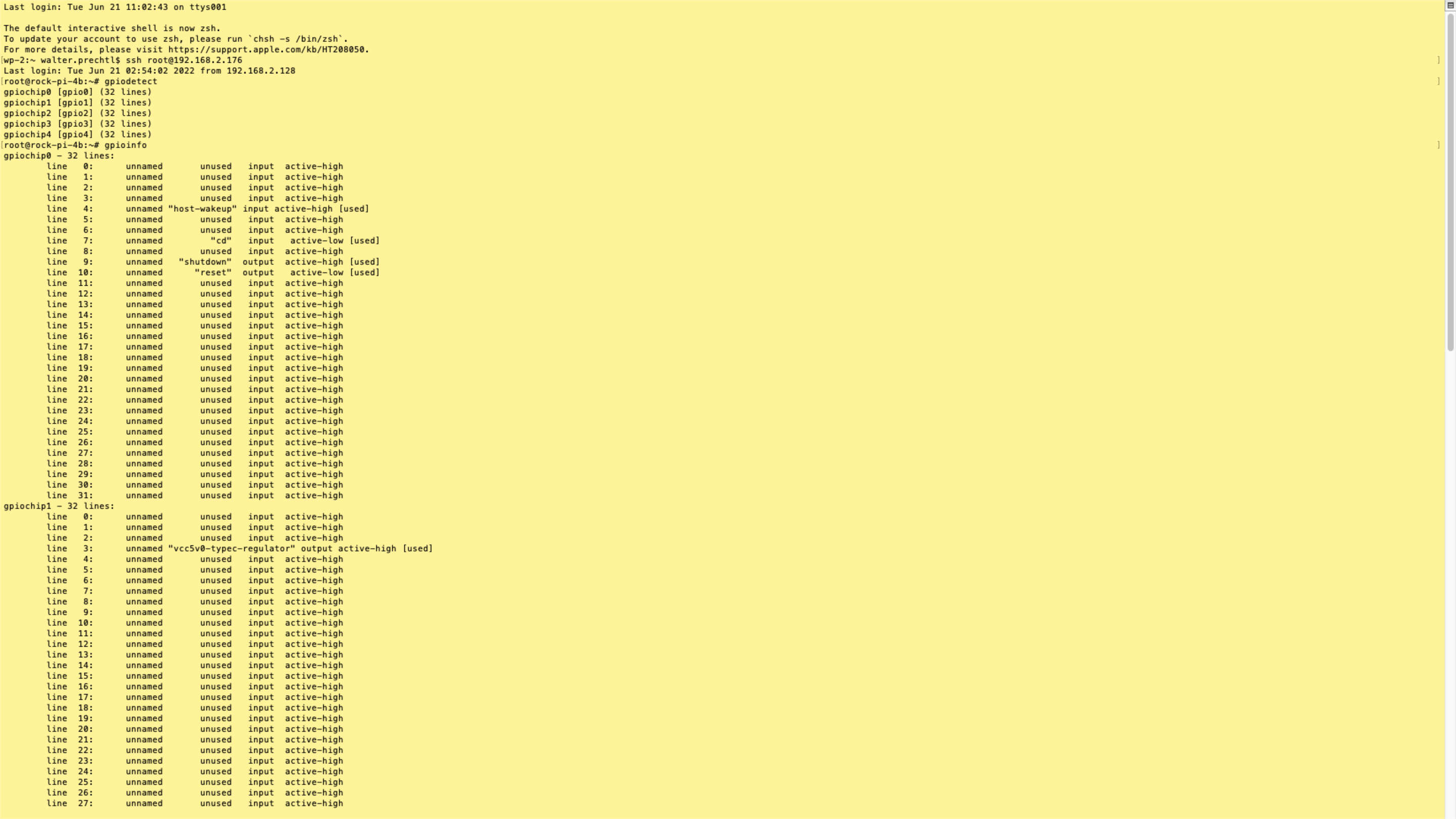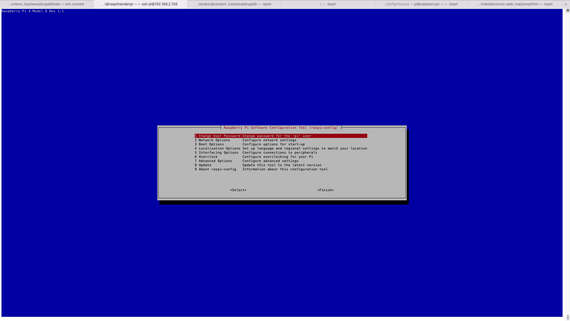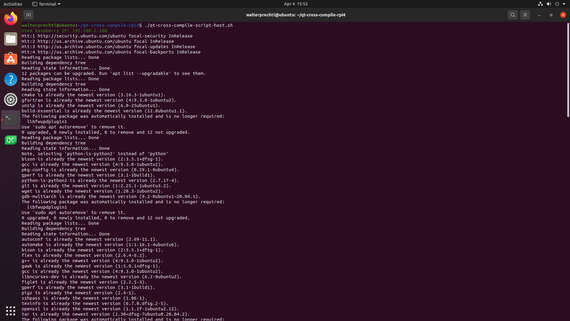
libgpiod yocto
Includi la libgpiod e le librerie dipendenti nella tua immagine con la seguente impostazione:
IMAGE_INSTALL:append = " libgpiod libgpiod-dev libgpiod-tools"test di libgpiod
Accedi al tuo sistema incorporato personalizzato o connettiti tramite SSH.
Ora è possibile utilizzare i comandi libgpiod e vedere se l'implementazione è riuscita.
Report banche gpio
Prima di tutto, puoi rilevare quante banche gpio sono installate. Utilizza il seguente comando:
gpiodetectL'output dovrebbe essere simile al seguente:
gpiochip0 [gpio0] (32 lines)
gpiochip1 [gpio1] (32 lines)
gpiochip2 [gpio2] (32 lines)
gpiochip3 [gpio3] (32 lines)
gpiochip4 [gpio4] (32 lines)Ottieni tutte le impostazioni
Per ottenere tutte le impostazioni, utilizza il comando seguente:
gpioinfoL'output dovrebbe essere simile al seguente:
gpiochip0 - 32 lines:
line 0: unnamed unused input active-high
...
line 4: unnamed "host-wakeup" input active-high [used]
line 5: unnamed unused input active-high
line 6: unnamed unused input active-high
line 7: unnamed "cd" input active-low [used]
line 8: unnamed unused input active-high
line 9: unnamed "shutdown" output active-high [used]
line 10: unnamed "reset" output active-low [used]
...
gpiochip1 - 32 lines:
line 0: unnamed unused input active-high
...
line 31: unnamed unused input active-high
gpiochip2 - 32 lines:
line 0: unnamed unused input active-high
...
line 31: unnamed unused input active-high
gpiochip3 - 32 lines:
line 0: unnamed unused input active-high
...
line 31: unnamed unused input active-high
gpiochip4 - 32 lines:
line 0: unnamed unused input active-high
...
line 29: "GPIO4_D5" unused input active-high Imposta una riga GPIO
Per impostare GPIO riga 29 su gpiochip4 su output e high, utilizza il seguente comando:
gpioset gpiochip4 29=1Licenza sul diritto d'autore
Copyright © 2022 Interelectronix e.K.
Questo codice sorgente del Progetto è concesso in licenza sotto la licenza **GPL-3.0 * *.

